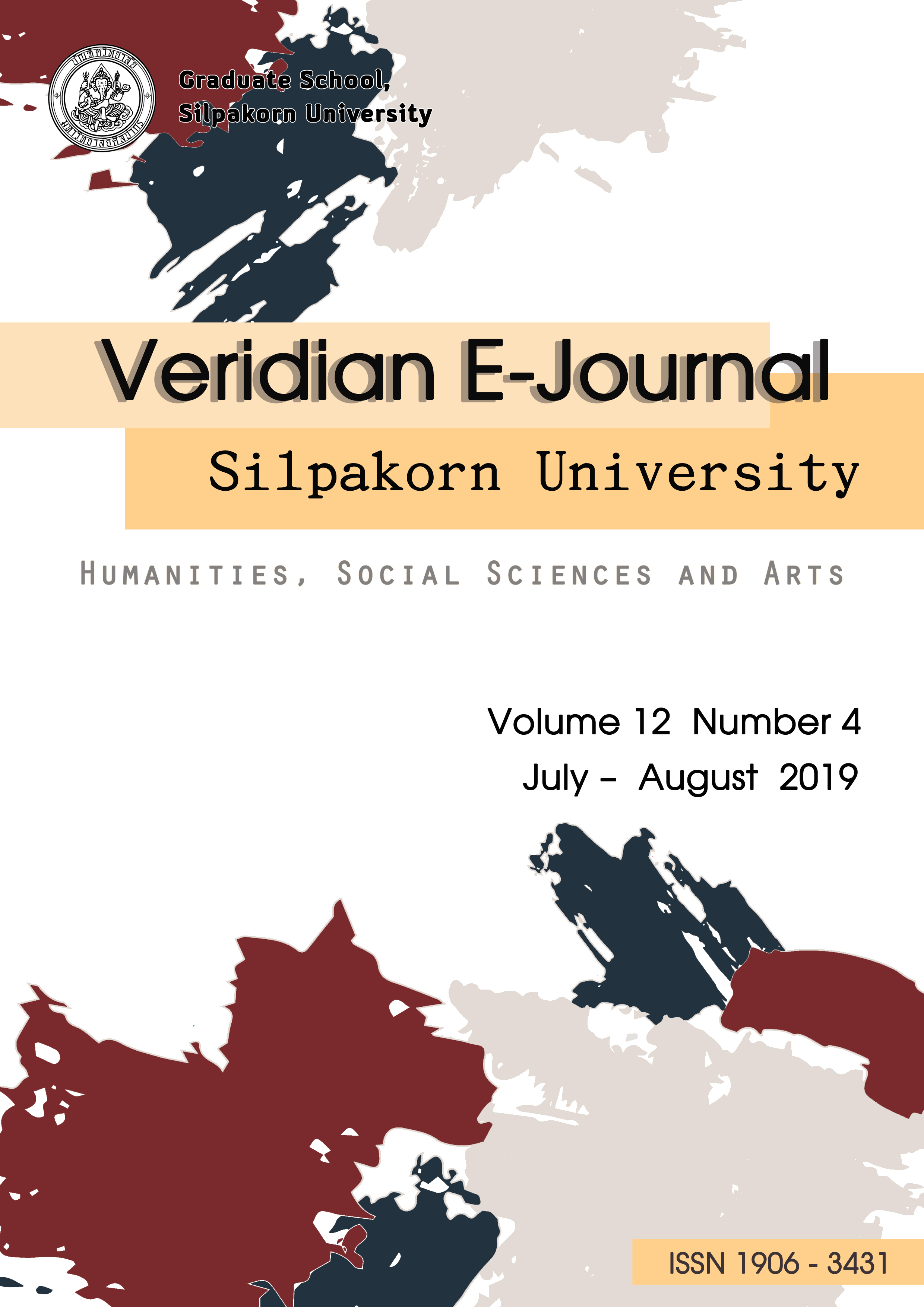เศรษฐกิจ และ สังคมยุโรปหลังสงครามโลกครั้งที่ 2 และผลกระทบต่อการ ซื้อขายงานศิลปะ (The Sale of Art Affected By the Economy and the Impact on Society After WWII)
Main Article Content
Abstract
ผลกระทบจากสงครามโลกครั้งที่ 2 ทำให้เศรษฐกิจของหลายประเทศทั่วยุโรปซบเซา แต่ตลาดศิลปะกลับมีแนวโน้มการขยายตัวเพิ่มมากขึ้น บทความชิ้นนี้จึงมุ่งเน้นศึกษาตลาดการซื้อขายงานศิลปะถึงสาเหตุความเป็นมาและปัจจัยที่สงผลให้ระบบการตลาดการซื้อขายงานศิลปะเติบโต และขยายตัวได้อย่างรวดเร็วท่ามกลางความบอบช้ำของสงคราม โดยศึกษาสภาวะทางเศรษฐกิจ และเหตการณ์ทางประวัติศาสตร์ของการค้าศิลปะ ข้อมูลตัวเลขการค้าของแกลเลอรีที่มีชื่อเสียงในประเทศที่ถูกยึดครองในระหว่างสงคราม
จากการศึกษาพบว่าศิลปะมีศักยภาพในการลงทุน ทำให้เกิดนักลงทุนหน้าใหม่ที่หันมาให้ความสนใจกับการลงทุนทางการซื้อขายผลงานศิลปะที่มีความเป็นกลาง และสามารถทำกำไรได้ทั้งที่ถูกกฏหมายและลักลอบ ต่างจากการลงทุนอื่นๆ ที่ไม่สามารถลงทุนได้อีกต่อไปในช่วงสงคราม และยังพบว่าตลาดศิลปไม่ได้เป็นไปตามกระแสนิยม หรือ บริบทต่างๆ ทางสังคมอย่างที่เคยเป็นมาแต่กลับผันแปรไปตามนักลงทุน จนทำให้นักลงทุนกลายเป็นผู้ขับเคลื่อนกลไกของตลาดศิลปะ
The effects of World War 2 caused the economy of many countries across Europe to be sluggish. But, the art market unexpectedly showed a growing trend. This study focuses on the art market, art trading, and the causes and the factors that influence the rapid growth of the art market system despite the trauma left by the war. This will be done through the study of economic conditions during the time, historical accounts of art trade, trade data of renowned galleries in occupied countries during the war.
The key findings of this study found that art and its investment potential created a new wave of investors whose interests lie in art trade of legal art pieces, while making profit both legally and illegally. Unlike other type of investments that could no longer be invested during the war. In addition, the study found that the art market did not follow popular trends or social contexts as it used to be. On the contrary, the art investors were the driving force of the art market.

